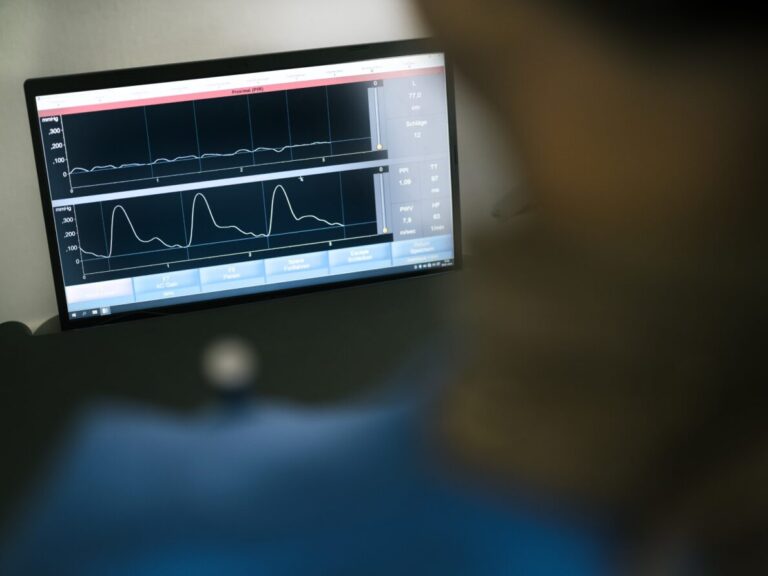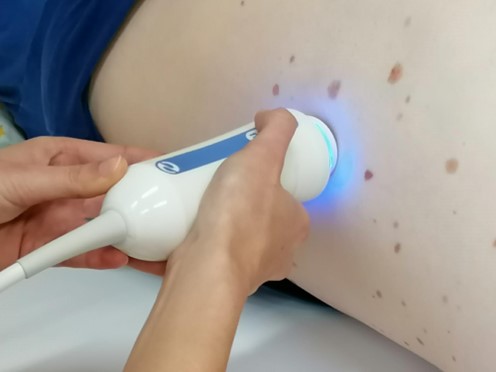During an ischemic stroke a patient suffers from acute neurological symptoms due to an infarct in the brain. From time to time, however, clinicians encounter small brain infarcts on magnetic resonance imaging (MRI) scan that are very recent but did not cause any clear clinical symptoms.
In her presentation at ESOC in Lyon on 5 May 2022, VASCage researcher Annemieke ter Telgte discussed the epidemiology, clinical manifestations and prognosis of such acute covert brain infarcts. Data suggest that the prevalence of acute covert brain infarcts is increased at late adulthood and in persons with cerebral small vessel disease. Although much is still unknown about the epidemiology of acute covert brain infarcts, there are indications that acute covert brain infarcts occur more commonly than stroke.
A few studies have investigated whether acute covert brain infarcts are related to subtle symptoms, for instance lower performance on a cognitive task. Studies however show mixed results. It also remains unclear whether these lesions are more common in persons with cognitive impairment or dementia. A few studies, however, show that persons with acute covert brain infarcts have an increased risk of getting a stroke in the future. Although, these findings need to be verified in other studies, these first data suggest that acute covert brain infarcts are clinically relevant in terms of predicting prognosis of a person and should be prevented. Future studies should, therefore, further assess a possible link between acute covert brain infarcts and future disease and need to focus on identifying risk factors of acute covert brain infarcts in order to develop effective prevention strategies.



